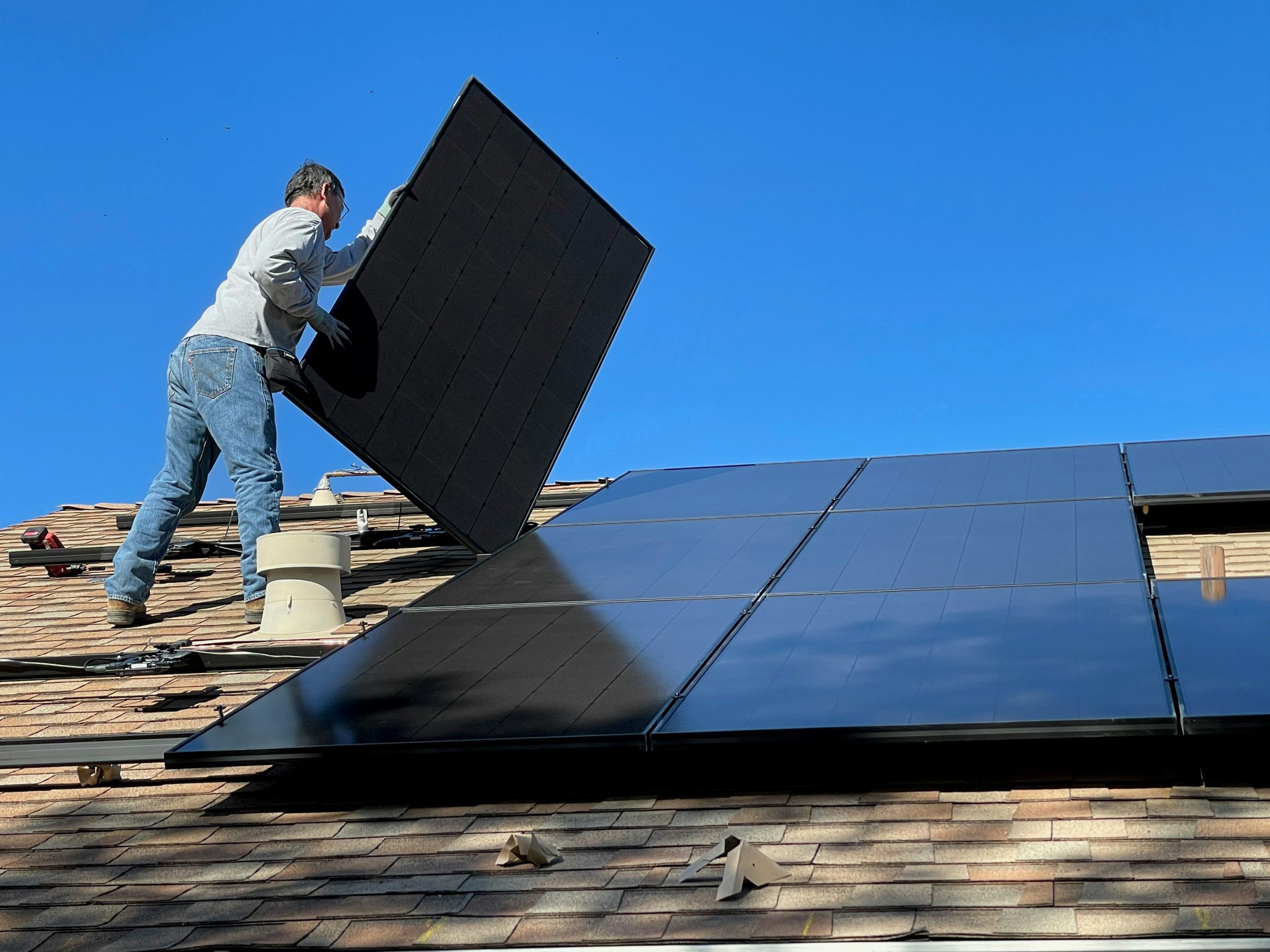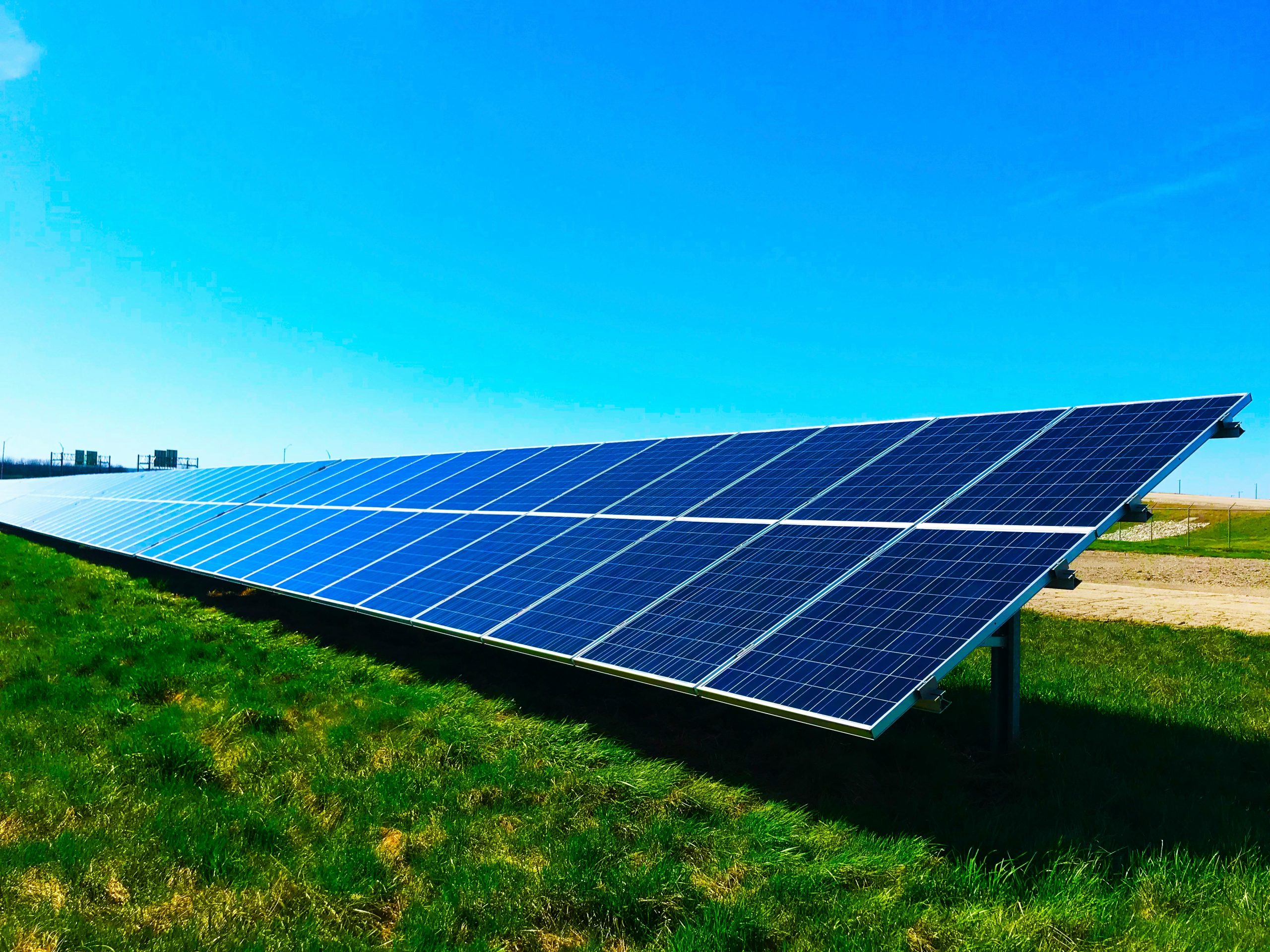Are you getting the most out of your solar system?
Understanding how to optimize its performance is crucial. A solar irradiance meter can help. This tool measures the power of sunlight your panels receive.
With accurate data, you can make informed decisions. Better efficiency means big savings. Ready to boost your solar output? Let’s dive into how a solar irradiance meter can make all the difference.
Choosing the Right Solar Irradiance Meter
Selecting the right solar irradiance meter is essential for optimizing the performance of your solar panels. You want a meter that provides accurate and reliable data. Look for features like high precision and a wide measurement range.
Ease of use is also important, so choose a meter with a clear display and simple controls. Some meters come with built-in data logging which can be very useful. Another feature to consider is weather resistance, especially if you plan to use it in varying conditions. Battery life is also critical; a longer battery life means less frequent charging.
Calibration options are important to ensure your readings remain accurate over time. Portability can be a factor if you need to take readings in multiple locations. Finally, consider the price and warranty to ensure you’re getting good value for your investment in optimizing your solar panels.
Proper Installation of Solar Panels
Proper installation of solar panels is crucial for maximizing energy production. First, select a suitable location with maximum sunlight exposure. It is important to ensure there are no obstructions like trees or buildings that could cast shadows. Mounting systems should be securely fastened to withstand varying weather conditions.
Panels should be angled correctly, usually towards the equator, to capture the most solar energy. Wiring must be well-insulated and connections tight to prevent energy loss and safety hazards. Inverters should be installed in well-ventilated areas to avoid overheating. It’s also vital to ground the system properly to protect against electrical faults.
Periodic inspections and maintenance can detect and rectify any issues early. For professional assistance, consider consulting experts such as these trusted solar panel contractors in Detroit. Their experience can guide you through a seamless installation process.
Monitoring Solar Panel Angles
Correctly monitoring solar panel angles is key to ensuring system performance. The angle of your solar panels affects their efficiency. Panels should generally be tilted at an angle equal to your latitude. This helps to capture the most sunlight year-round.
Seasonal adjustments can further enhance performance. In winter, a steeper angle may capture more sunlight. In summer, a flatter angle might be better.
Using an adjustable mounting system makes this easier. You can fine-tune the angle as needed. Consistently optimal angles lead to better system performance and energy yield.
Identifying Shaded Areas
Identifying shaded areas is important to getting the most out of your solar panels. Shadows can greatly reduce the efficiency of your system. They block sunlight from reaching your panels. This leads to lower energy production.
To identify shaded areas, observe your roof at different times of the day. Pay attention to nearby trees, buildings, and other structures. Use tools like shade analysis devices to get accurate readings.
You can also use software that models the sunlight patterns over your roof. Removing or trimming trees can help to reduce shading. Moving panels to a less shaded area is another solution.
Seasonal Adjustments for Optimal Performance
Seasonal adjustments for optimal performance are necessary for any solar power system. During winter, the sun is lower in the sky. Adjusting the tilt angle of your solar panels can capture more sunlight. This means a steeper tilt is often better in winter.
In summer, the sun is higher and your panels may need a flatter angle. This helps them capture more energy throughout the day. Regularly checking and adjusting the tilt will ensure maximum efficiency.
Consider using a mounting system that allows easy adjustments. Automatic tracking systems can also be very useful. These systems change the angle as the sun moves. Proper seasonal adjustments lead to better solar energy production year-round.
Data Analysis for Efficiency Improvements
Data analysis for efficiency improvements plays a vital role in optimizing your solar power system. By evaluating the data from your solar irradiance meter, you can pinpoint areas where efficiency can be enhanced. Regular analysis helps identify trends and patterns in energy production.
You can then adjust your system accordingly to maximize output. Simple changes, like cleaning panels more often, can have a significant impact. Monitoring weather conditions and predicting their effects also aids in better planning.
Keeping track of peak sunlight hours ensures your panels are positioned optimally. Leveraging software tools makes it easier to interpret the data. These tools can highlight inefficiencies and suggest actionable improvements. Regular data analysis guarantees that your solar system operates at its highest potential.
Regular Maintenance and Cleaning
Regular maintenance and cleaning of your solar panels are critical to ensuring their optimal performance. Dust, dirt, and debris can accumulate on the panel surfaces, blocking sunlight and reducing efficiency. Simply washing the panels with water and a soft cloth can make a significant difference. It’s important to clean the panels on a regular schedule, at least once every few months.
Checking for debris after storms or heavy winds is also essential, as fallen leaves or branches can cause shading. Besides cleaning, ensure all electrical connections are tight and free of corrosion. Look out for any signs of damage or wear on the panels and mounting systems.
Promptly repairing any issues can prevent further damage and maintain efficiency. Inspecting the system after extreme weather events can help catch any potential problems early. Regular maintenance preserves the longevity and performance of your solar power system.
All About Solar Irradiance Meter
In conclusion, optimizing your solar power system involves several key steps: selecting the right solar irradiance meter, installing panels properly, and making seasonal adjustments. Regular maintenance and data analysis also play a crucial role.
By carefully attending to these aspects, you can ensure that your solar panels perform at their best. A solar irradiance meter is an invaluable tool in this process, helping you make informed decisions to maximize efficiency and savings.
Looking for more tips and ideas? We’ve got you covered. Check out some of our other posts now.


